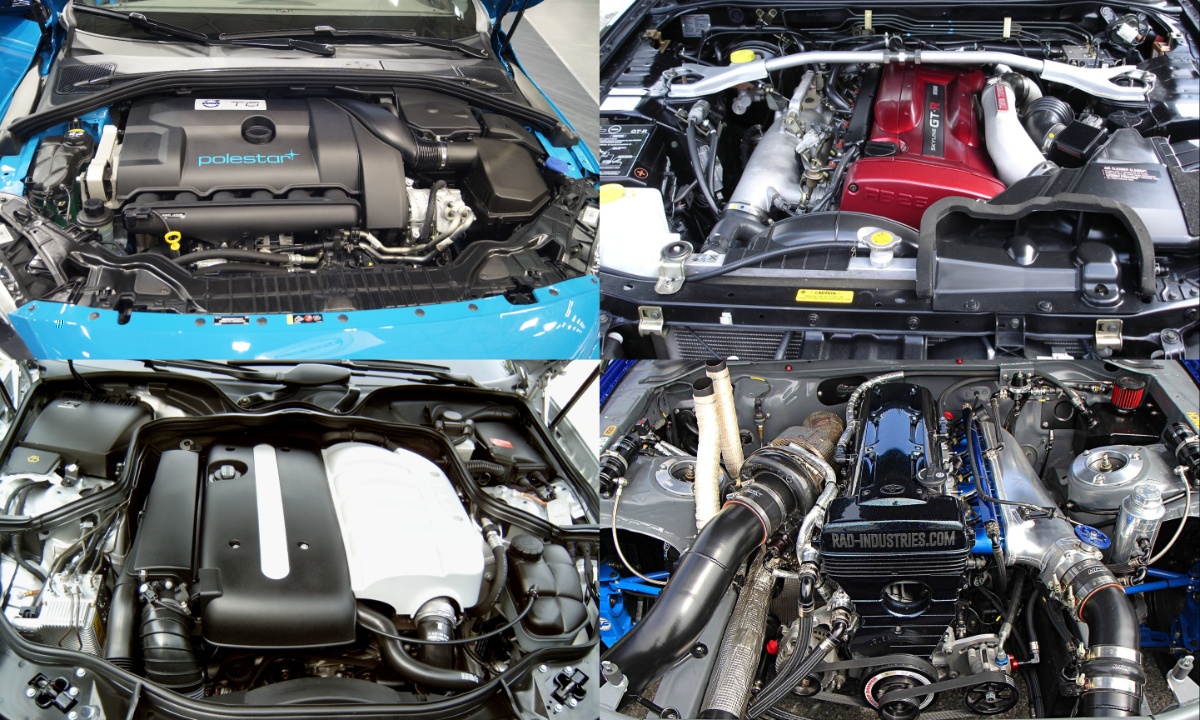Inline-six engines have long been a staple in the automotive world, powering some of the most dependable cars ever built. However, with stricter emissions regulations and a shift toward downsized engines, even high-performance and exotic car manufacturers are adopting six-cylinder powertrains.
This isn’t necessarily a drawback, as inline-six engines have consistently proven to be one of the most versatile and efficient layouts, balancing performance and environmental considerations.
Rather than focusing on their decline, this discussion celebrates the best inline-six engines ever made by highlighting ten of the most reliable examples.
Given the criteria, engines from unreliable car brands are unlikely to appear, as the focus is solely on longevity and dependability. So, for those in search of an engine known for its durability, this list aims to showcase the very best options.
1. Toyota 2JZ-GTE
The Toyota 2JZ-GTE is widely regarded as one of the most reliable and legendary inline-six engines ever built. Produced from 1990 to 2007, this 3.0-liter turbocharged engine gained fame in the 1993-1998 Toyota Supra A80, delivering 320 horsepower and 333 lb-ft of torque.
Known for its incredible durability and tunability, enthusiasts have pushed it beyond 1,000 horsepower with relative ease. However, common issues include a weak timing belt tensioner bracket, occasional oil pump seal failures, and problems with the sequential turbo system.
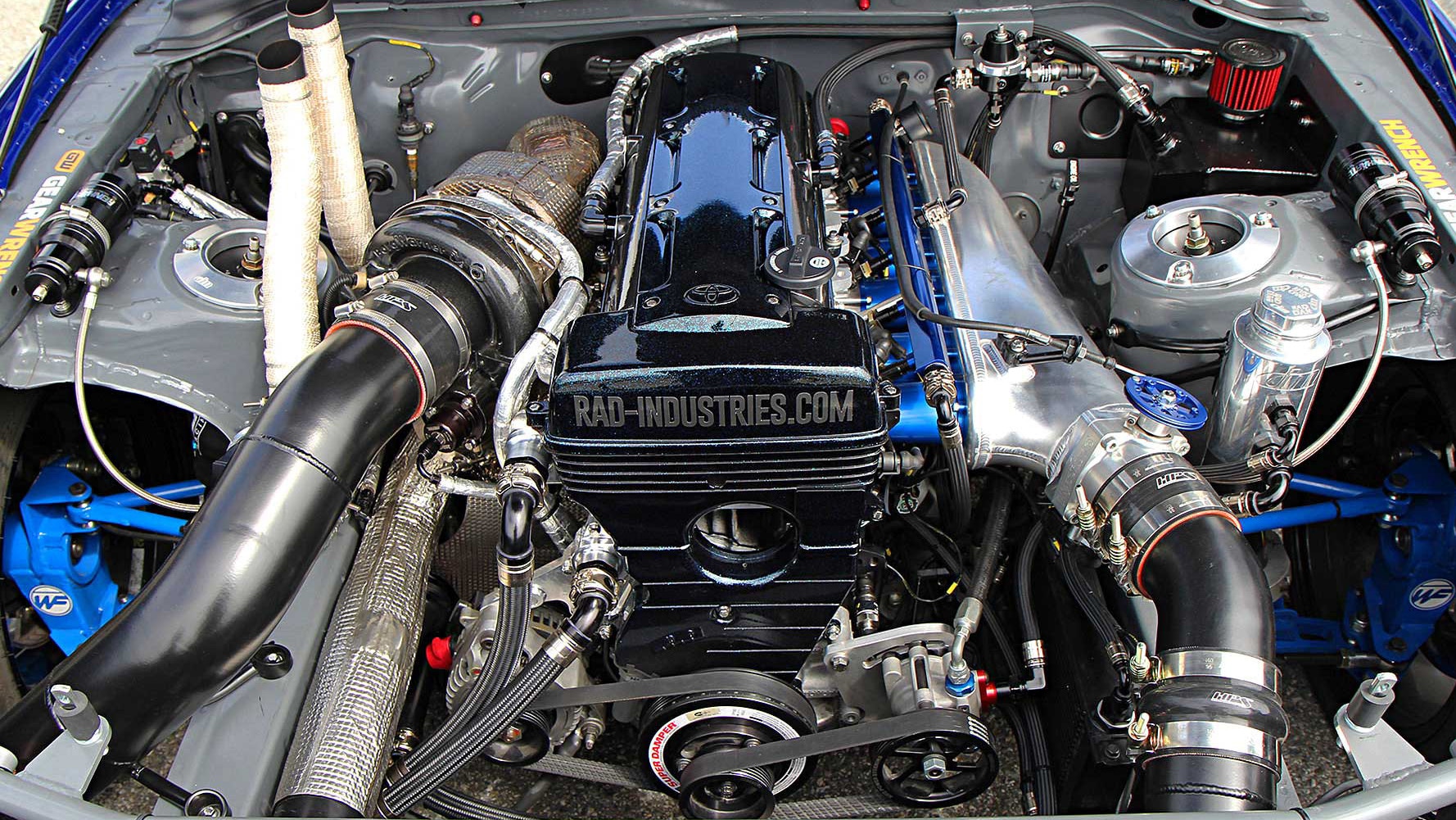
Despite these minor drawbacks, the 2JZ-GTE remains a benchmark for reliability and performance. Its robust construction has allowed it to maintain relevance for decades, making it a favorite among car tuners and collectors alike.
While extreme modifications can reduce its legendary reliability, the stock engine’s resilience and longevity ensure its place among the greatest inline-six powerplants of all time.
2. BMW M50
The BMW M50, produced from 1990 to 1996, is regarded as one of Munich’s finest engineering achievements. With a displacement ranging from 2.5 to 3.0 liters, it delivered 148-189 horsepower and 140-184 lb-ft of torque.
Featuring aluminum cylinder heads for reduced weight and improved heat dissipation, along with a sophisticated fuel injection system, the M50 offered smooth and efficient performance.
Its reputation for reliability helped solidify BMW’s standing as a manufacturer of durable and well-engineered straight-six engines, with one of its most notable applications being the 1990-1995 BMW 5 Series E34.
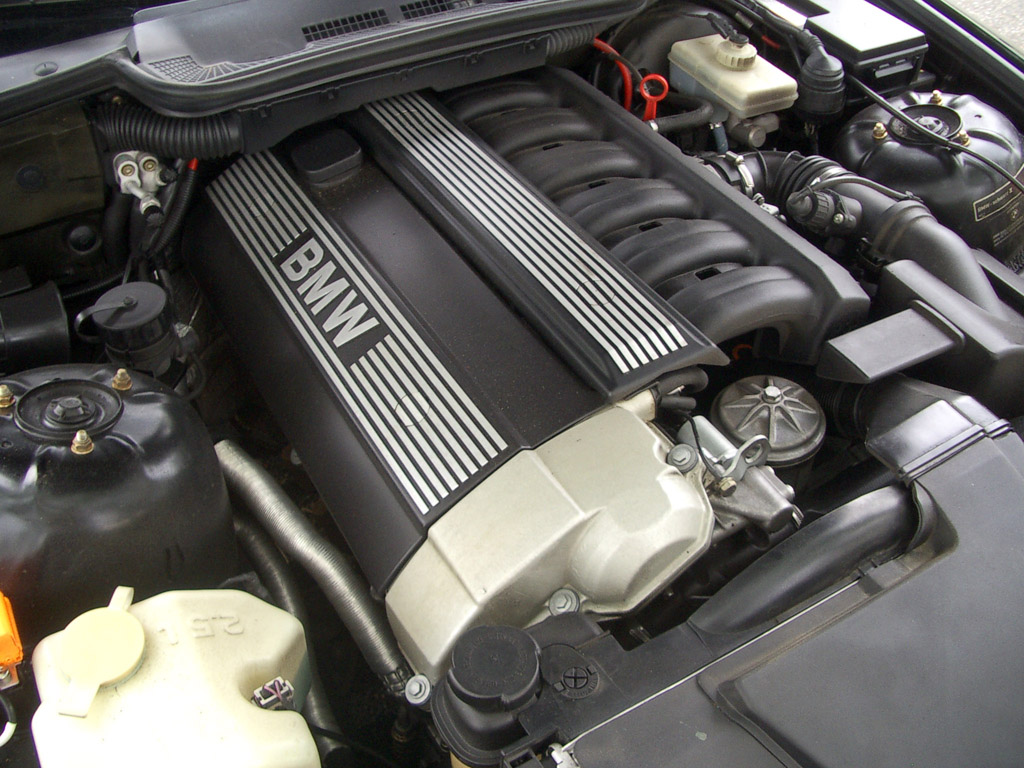
Despite its strengths, the M50 is not without faults. Common issues include cylinder misfires, radiator and expansion tank leaks, and occasional rough idling that can lead to jerky acceleration.
However, these problems are generally manageable, and the engine’s overall durability and performance make it a beloved choice among BMW enthusiasts. With its strong design and influence on future BMW powertrains, the M50 remains a highly respected straight-six engine.
3. Mercedes-Benz OM648
The Mercedes-Benz OM648, produced from 2002 to 2006, is a 3.2-liter straight-six diesel engine known for its durability and efficiency. Delivering 204-224 horsepower and an impressive 369 lb-ft of torque, it powered luxury models like the Mercedes-Benz S320 CDI (W220).
Featuring common rail direct injection, aluminum construction, and an overhead camshaft design, the OM648 was engineered for reliability and smooth performance. This engine played a key role in establishing Mercedes-Benz’s reputation for producing trustworthy luxury vehicles during the early 2000s.
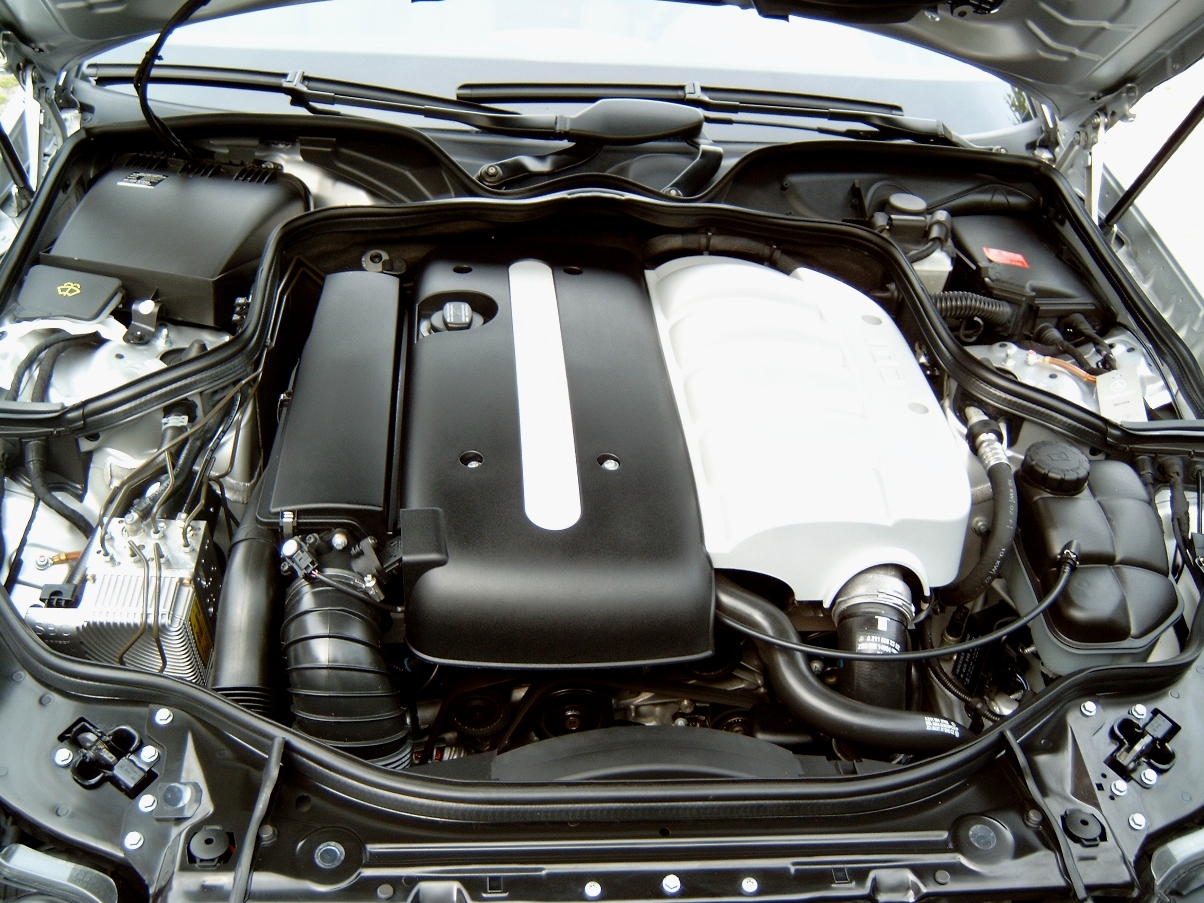
Despite its strong build, the OM648 does have some weaknesses. Common issues include crankshaft main bearing problems, oil cooler leaks, and inaccurate temperature sensor readings.
However, these are generally minor concerns compared to its overall longevity and dependability. The OM648 remains a highly regarded diesel engine, offering both performance and efficiency, making it a solid choice for those seeking a long-lasting and powerful powertrain.
4. Nissan RB26DETT
The Nissan RB26DETT, produced from 1989 to 2002, is a legendary 2.6-liter twin-turbocharged inline-six engine, most famously powering the Nissan Skyline GT-R, particularly the R34 model.
With a power output of 276-316 horsepower and 260-289 lb-ft of torque, this engine was originally developed for the R32 GT-R and even saw success in motorsport. Featuring a forged steel crankshaft, strong connecting rods, and durable pistons, the RB26DETT was designed to handle high performance while maintaining reliability.
Its engineering excellence cemented its place as one of the greatest Japanese performance engines of all time, often compared to the Toyota 2JZ-GTE.
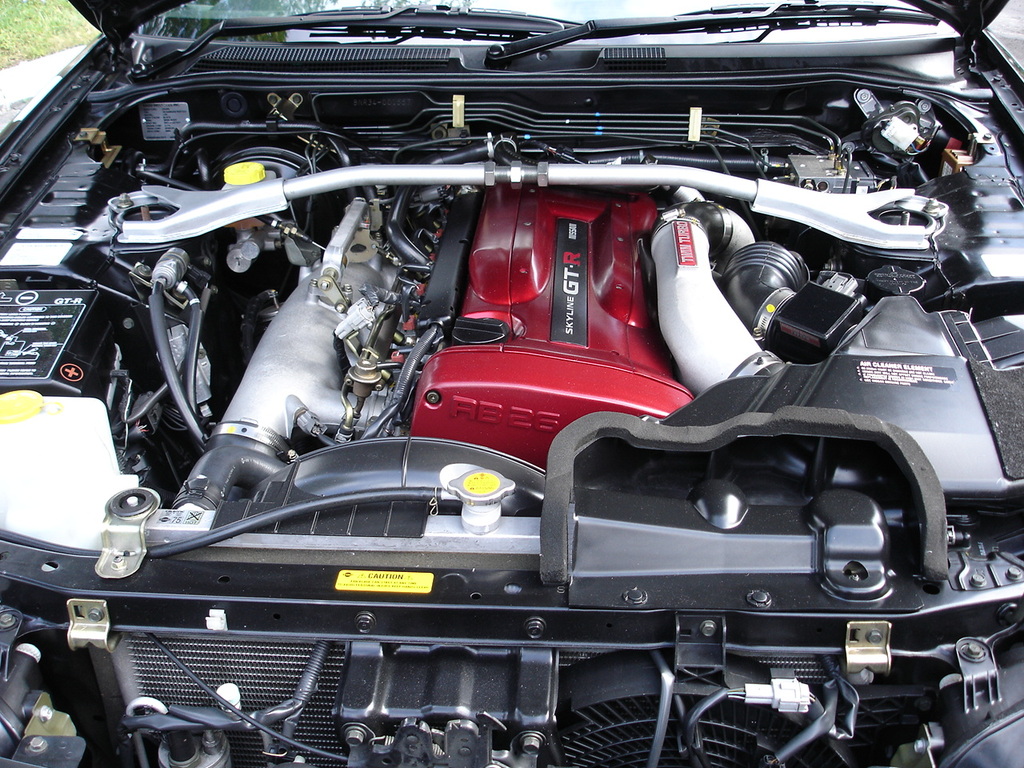
However, the RB26DETT is not without its flaws. Common issues include a weak oil pump drive, head gasket failures under extreme stress, and various reliability concerns when pushed beyond 500 horsepower.
Despite these challenges, the engine remains a favorite among enthusiasts due to its high tuning potential and robust construction. Its legacy is forever tied to the Skyline GT-R and pop culture icons like Paul Walker, ensuring its place in automotive history as one of the most revered inline-six engines ever built.
5. Chevrolet 292
The Chevrolet 292 inline-six, produced from 1963 to 1990, is one of the longest-running and most reliable engines on this list. With a 4.8-liter displacement, it produced 165 horsepower and 280 lb-ft of torque, making it a workhorse engine widely used in various Chevrolet vehicles.
Enthusiasts appreciate the 292 for its vast aftermarket support, while everyday drivers value its durability and versatility. Its high torque output made it a favorite for utility and commercial applications, cementing its reputation as a dependable, budget-friendly powerhouse.
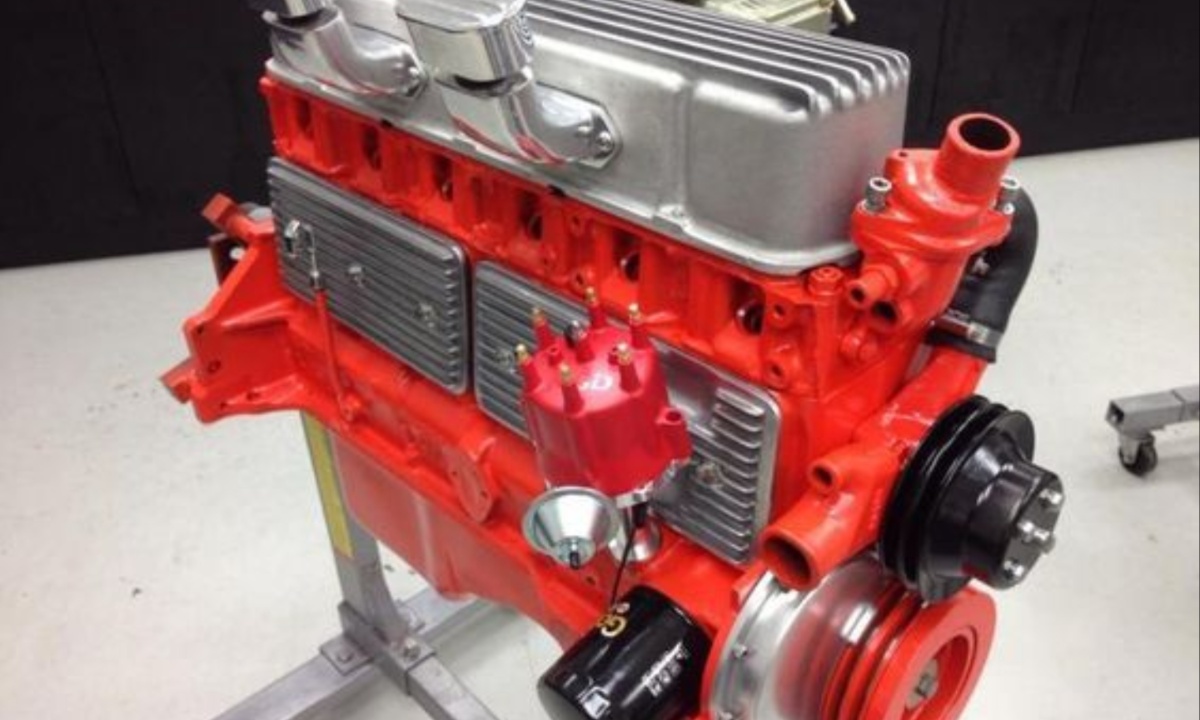
Despite its strengths, the Chevrolet 292 has a few common issues, including a distributor that can get wedged out of place, fuel pump malfunctions, and occasional stalling under heavy acceleration.
However, these problems are generally easy to address, and the engine’s overall robustness ensures its longevity. Thanks to its simple yet effective design, the Chevrolet 292 remains a popular choice for those seeking a reliable and easily maintainable straight-six engine.
6. AMC/Jeep 4.2L
The AMC/Jeep 4.2L straight-six, produced from the 1970s through the 1980s, is a legendary engine known for its durability and longevity. Originally developed by AMC and later used by Jeep, this 4.0-liter engine delivered 190 horsepower and 235 lb-ft of torque.
Its cast iron construction and simple design made it a favorite among off-road enthusiasts and those seeking an engine capable of lasting for hundreds of thousands of miles. The 4.2L powered numerous Jeep models over nearly two decades, solidifying its reputation as a rugged and reliable workhorse.
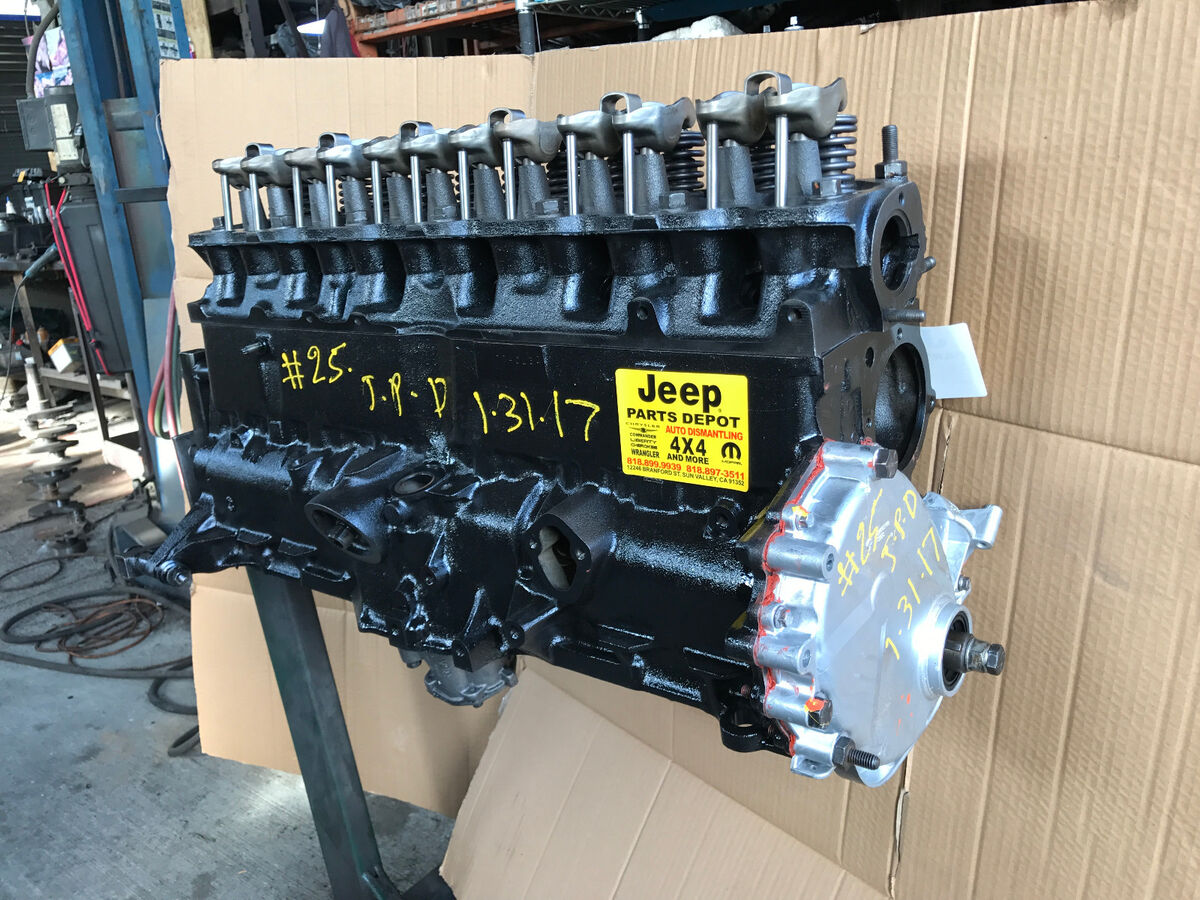
Despite its strengths, the 4.2L engine is not without issues. Common problems include crankshaft position sensor faults, exhaust manifold cracking, and oil leaks. However, these issues are generally manageable and do little to overshadow its legendary status.
Thanks to its robust design and ease of maintenance, the AMC/Jeep 4.2L remains a popular choice for those looking for a dependable, long-lasting inline-six engine.
Also Read: 10 Best EV Charging Networks Powering the Future of Electric Cars in the U.S.
7. Volvo S16
The Volvo SI6 straight-six engine, produced from 2006 to 2015, played a key role in establishing Volvo as a leader in reliable engineering. With a displacement ranging from 3.0 to 3.2 liters, it generated between 230 and 345 horsepower and up to 368 lb-ft of torque.
Built with an all-aluminum construction, the SI6 was often paired with a single turbocharger for smooth power delivery. This engine was used across multiple Volvo models, including the S80 II, and contributed significantly to the brand’s reputation for durability and innovation.
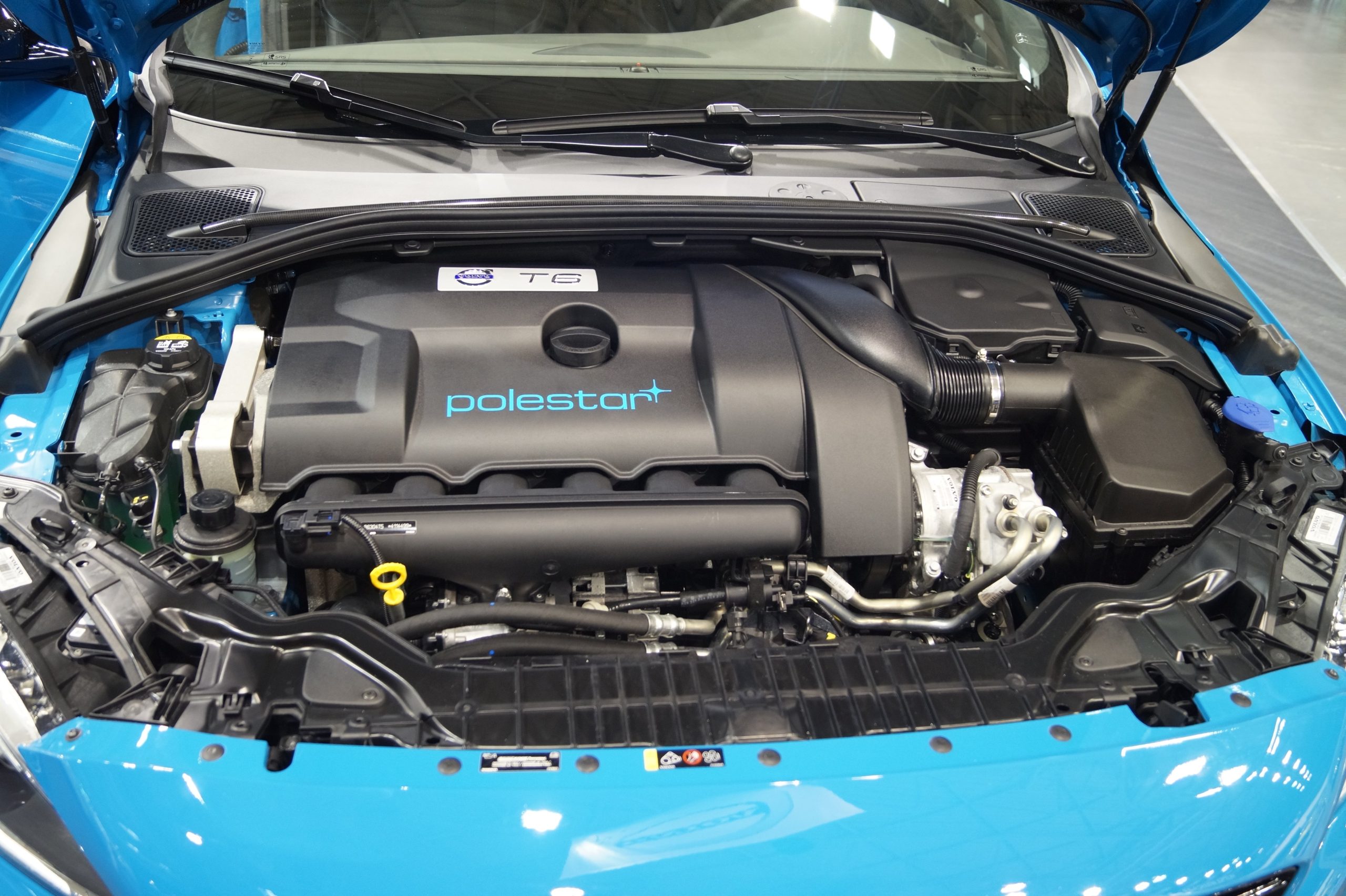
Despite its strong reliability, the SI6 engine did have a few known issues. Cylinder wall wear could develop over time, and piston knock had the potential to lead to more serious mechanical problems.
However, these concerns were relatively minor in the grand scheme of things, and the engine remained a dependable choice for over a decade. Its combination of performance, smooth operation, and longevity makes the SI6 one of Volvo’s most respected inline-six engines.
8. Ford Barra
The Ford Barra straight-six engine, originally developed in the 1960s and 1970s, became a cornerstone of Ford Australia’s success, particularly in the Falcon lineup. With a 4.8-liter displacement, it produced between 209 and 261 horsepower and up to 288 lb-ft of torque.
The engine featured a cast iron construction, an overhead valve design, and the innovative “Stovebolt Six” fastening system, which contributed to its impressive durability.
Known for its ability to handle heavy workloads, the Barra set a strong foundation for future Ford models and remains one of the most respected inline-six engines in automotive history.
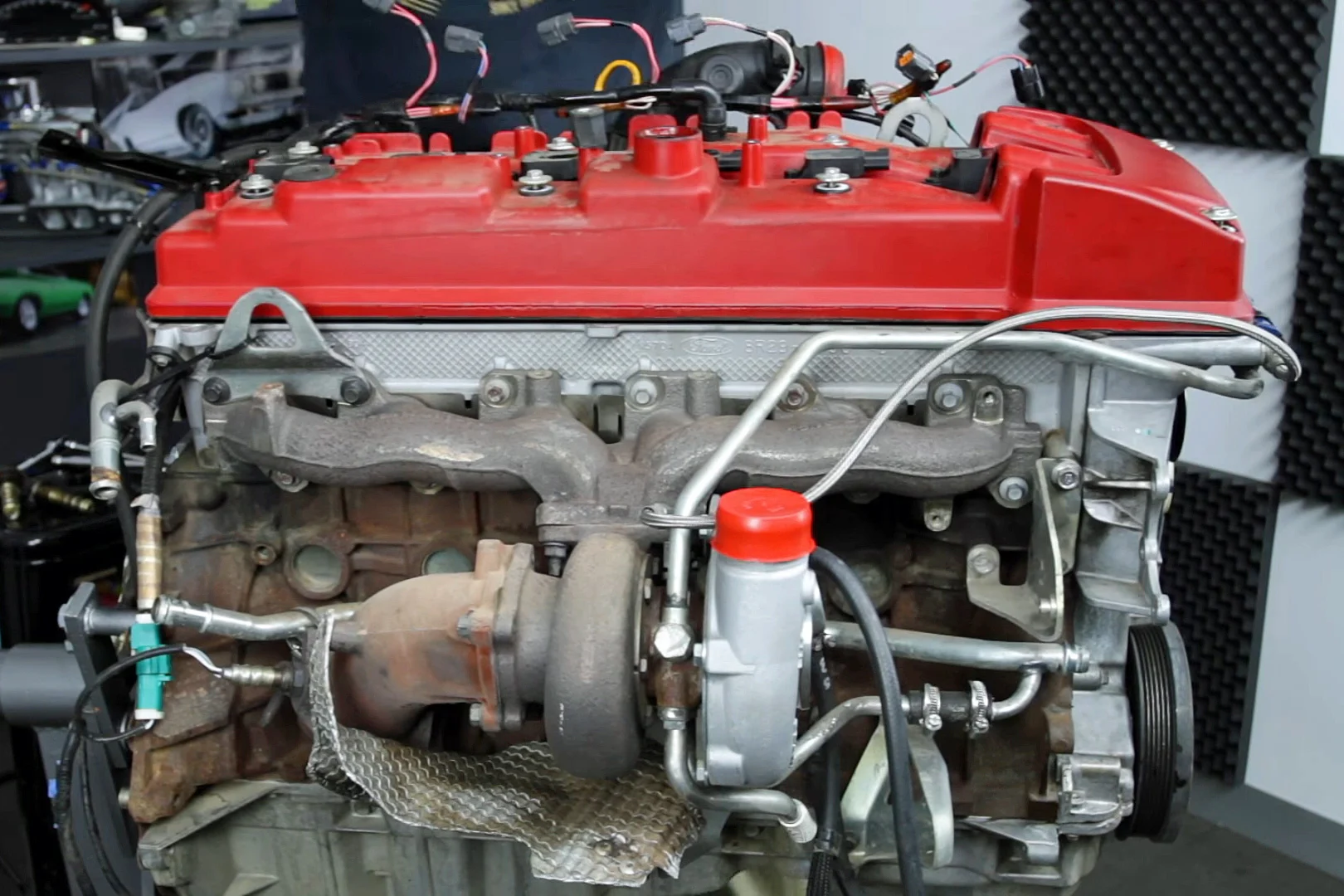
Despite its strengths, the Barra had a few reliability concerns. Common issues included weak valve springs, problematic oil pumps, and bottom-end connecting rods that were prone to failure under stress.
However, these problems were generally manageable, and the engine’s overall robustness made it a favorite among enthusiasts. With its blend of reliability, power, and historical significance, the Ford Barra continues to be an iconic straight-six engine, especially within the Australian automotive scene.
9. BMW M54
The BMW M54 straight-six engine, produced from 2000 to 2006, is known for balancing performance and reliability. With a displacement of 2.8 to 3.0 liters, it delivered 168-228 horsepower and up to 221 lb-ft of torque.
Featuring variable camshaft timing, fuel injection, and elements of BMW’s Valvetronic technology, the M54 offered smooth power delivery and an exhilarating high-revving experience. Most famously used in the BMW E46 M3, this engine became a favorite among enthusiasts for its durability and engaging driving dynamics.
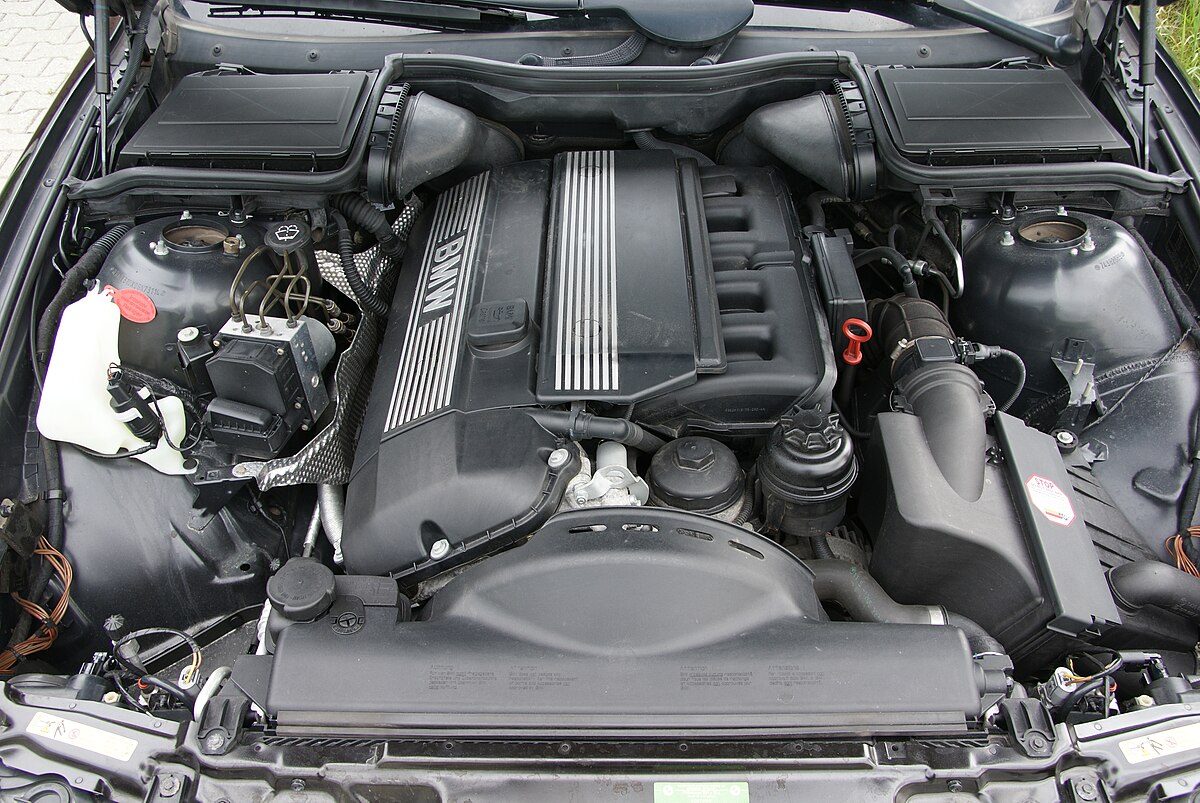
Despite its strengths, the M54 had a few notable issues. Water pump failures, thermostat malfunctions, and crankcase ventilation system problems could lead to costly repairs if left unaddressed.
However, with proper maintenance, these concerns were manageable, allowing the engine to maintain its reputation for reliability. Thanks to its combination of power, responsiveness, and longevity, the BMW M54 remains one of the most respected straight-six engines in BMW’s history.
10. Jaguar XK6
The Jaguar XK6 engine, produced from 1949 to 1992, is a classic example of Jaguar’s commitment to luxury and performance. With a displacement range of 2.4 to 4.2 liters, it produced between 220 and 265 horsepower and 195 to 283 lb-ft of torque.
Famous for its use in models like the XK120, XK140, and XK150, the XK6 was a highly regarded engine during its time. Its design featured triple carburetors and twin overhead camshafts, contributing to its smooth operation and impressive power output, making it a key part of Jaguar’s reputation for elegance and high performance.
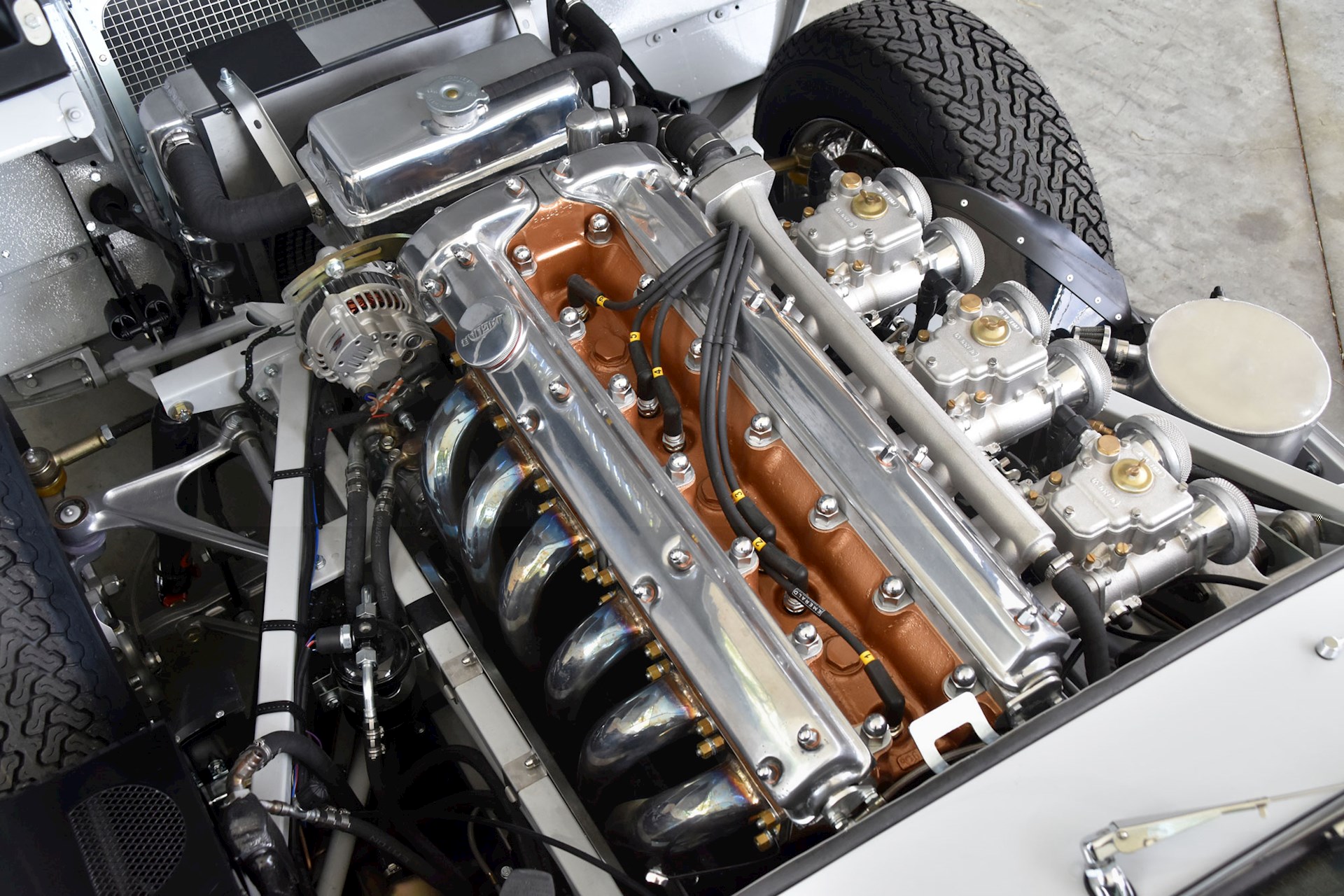
However, the XK6 did have some common issues, especially in high-mileage examples. Problems such as rough idling, fuel leaks, and warped cranks could arise, potentially leading to expensive repairs.
Despite these concerns, the engine’s overall durability and performance made it a beloved choice for classic car enthusiasts, and models like the XK150 remain iconic. With its combination of sophistication, power, and lasting appeal, the Jaguar XK6 is considered one of the brand’s greatest engines.
Inline-six engines have established themselves as a benchmark for power, efficiency, and reliability in the automotive world.
From performance titans like the Toyota 2JZ-GTE and Nissan RB26DETT to the more utilitarian yet dependable Chevrolet 292 and Ford Barra, these engines have powered some of the most iconic and long-lasting vehicles ever made.
Despite the industry’s push toward downsized, turbocharged engines, the inline-six remains a favorite choice for car enthusiasts and manufacturers alike due to its ability to deliver smooth, consistent power and impressive durability over time.
As emission regulations tighten and new technologies emerge, the inline-six continues to prove its relevance in modern cars. This list showcases some of the best examples of these engines, known for their longevity and ability to perform reliably under various conditions.
Whether in classic Jaguars, BMWs, or rugged Jeep models, these engines highlight the enduring legacy of the inline-six design. For those seeking an engine that combines performance with dependability, these top ten choices stand as the pinnacle of inline-six engineering.
Also Read: 10 Cars Built for Overlanding Adventures With Space, Capability, and Reliability

